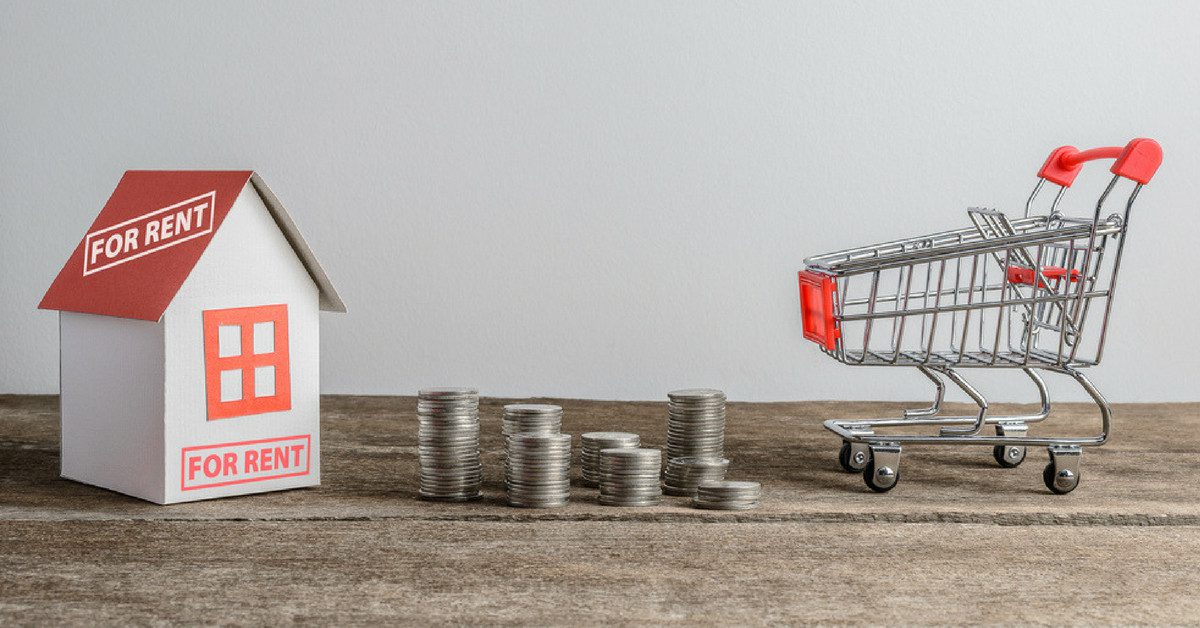
Investing in Commercial Real Estate, is not the same as investing in a residential property. We look at some of the factors that potential buyers in the commercial real estate segment should consider, to get the best deal
Investment in real estate, especially residential properties, is quite popular amongst the investors. However, the benefit and opportunities available for investments in commercial spaces, could be far more significant than residential properties.
Commercial Real Estate Investment Capital appreciation
In office spaces, the rentals normally increase with an increase in capital values. “So, if the capital value increases, the rentals will also increase, which automatically will create value for the investor.
“To create long-term value in real estate, the investor should focus on long-term rental appreciation, rather than short-term capital appreciation. While the short-term capital appreciation may look very tempting, most of the profit is normally lost in capital gains and other taxes,”
Tips for making investment in the commercial spaces
- The investment should, preferably, cater to the requirements of mid to large size corporate occupiers.
- Investors who have the capacity to buy space of over 10,000 sq ft, should focus on CBD/SBD markets of all cities.
- The building should be in a well-established micro-market, wherein, there is reasonable office demand, as well as transport and social infrastructure.
- The investor should target a net yield of eight to nine per cent, on his investment.
- To improve yield, the investor can also make use of financial instruments such as lease rent discounting.
- Avoid high leverage when the asset is vacant, as it could be risky.
Factors to consider, while buying a commercial space
According to experts, it is vital for an investor to target a commercial asset that is already leased. An unleased commercial asset will not provide any returns and in fact, will be a cash drain as the investor will have to pay maintenance and property taxes, without any cash inflow from the asset.
An investor can also choose an asset that is ready but not leased. While such an asset may be available at a discount, the risk of leasing the asset will be on the investor. The last preference should be for an under-construction commercial asset. If an investor chooses such an asset, he should ensure that it is bought at a substantial discount to the leased asset.














